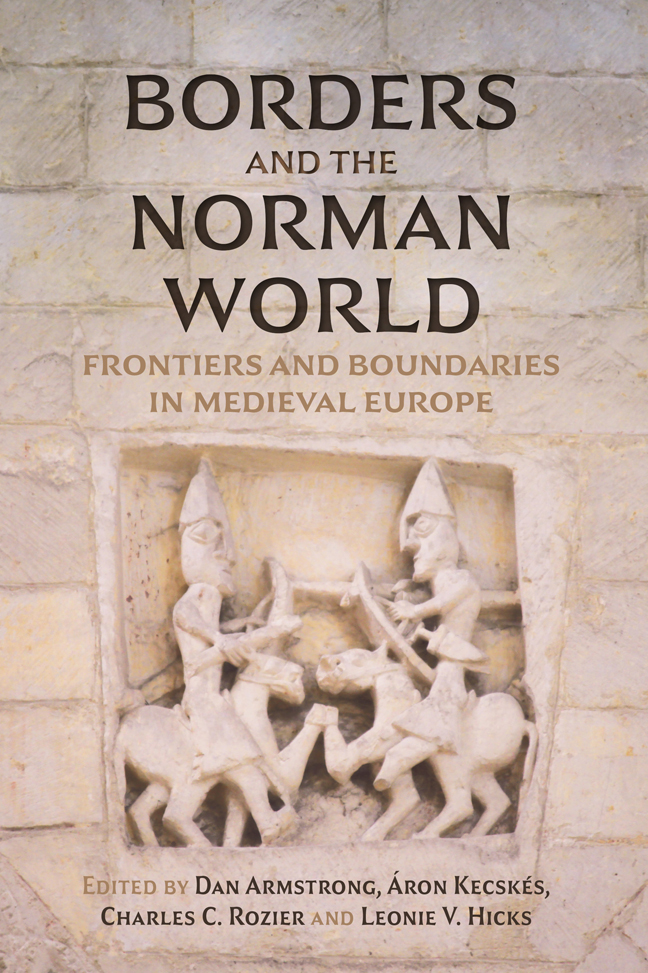Book contents
- Frontmatter
- Contents
- List of Illustrations
- List of Contributors
- Acknowledgements
- List of Abbreviations
- Naming Conventions
- Maps
- Introduction: Writing the Borders of the Norman World
- Part I Borders in and Around the Norman World
- Part II Ecclesiastical Borders
- Part III Conceptual Boundaries
- Afterword: Borders, Landscapes, and Seascapes
- Select Bibliography
- Index
6 - Gregory VII, Lanfranc, and Ireland: Papal Relations at the Periphery
Published online by Cambridge University Press: 22 February 2024
- Frontmatter
- Contents
- List of Illustrations
- List of Contributors
- Acknowledgements
- List of Abbreviations
- Naming Conventions
- Maps
- Introduction: Writing the Borders of the Norman World
- Part I Borders in and Around the Norman World
- Part II Ecclesiastical Borders
- Part III Conceptual Boundaries
- Afterword: Borders, Landscapes, and Seascapes
- Select Bibliography
- Index
Summary
From The Collapse Of the Roman Empire to the mid eleventh century, Western Christendom was without a centre. The absence of a strong core exacting a centripetal pull on the rest of Western Europe led Peter Brown to argue that this period saw the creation of ‘micro-Christendoms’ as people ‘strove to cancel out the hiatus between “centre” and “periphery” by making “little Romes” available on their home ground’. In the mid eleventh century, however, a succession of popes sought to re-establish Rome's place as Christendom's core, in an attempt to turn Europe from a federation of dioceses into a continent united in its focus upon Rome. The papacy wanted to convert Rome's symbolic significance as the resting place of the martyrs Peter and Paul into headship of the Church. The result was an extension of the frontiers of papal authority, with the papacy devoting increasing attention to the kingdoms located on the outer edge of Europe, beyond the central belt of Italy, Germany, and France. The papacy sought to bind these places on the periphery in closer unity, uniformity, and obedience to Rome, with the pope as shepherd of all the Christian people and guardian of the Christian faith.
Papal-Peripheral Relations
The extension of the papacy's influence to Christendom's edges in the second half of the eleventh century relied, to a large extent, on the construction of networks. The importance of these friendship networks was first outlined in I. S. Robinson's classic article, ‘The Friendship Network of Gregory VII’. Robinson argued that Gregory VII constructed a network of key individuals – local ecclesiastics, legates of the papacy, and significant lay supporters – that he relied upon in connecting Rome to the regions of Christendom. Since Robinson's article, these papal friendship networks have become a fruitful method of inquiry, allowing for a better understanding of the dynamic twoway relationship that existed between local churches and the papacy.
So, when thinking about the expanding frontiers of papal authority, we must consider the bonds of friendship that existed between popes and actors at the periphery. The pope sought to build bridges across Christendom by forming favourable connections with individuals throughout Europe.
- Type
- Chapter
- Information
- Borders and the Norman WorldFrontiers and Boundaries in Medieval Europe, pp. 149 - 170Publisher: Boydell & BrewerPrint publication year: 2023



